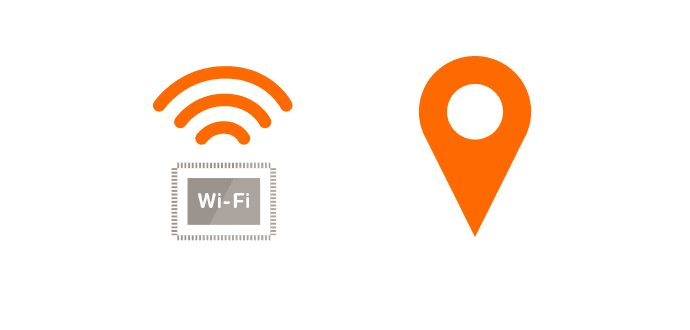MIT turns Wi-Fi Into An Accurate Indoor GPS
A recent breakthrough by researchers at MIT’s Computer Science and Artificial Intelligence Lab (CSAIL) could be significant, as they have developed a way to locate adjacent Wi-Fi devices, including smartphones within centimetres of each other.
Existing positioning systems usually rely on special beacons or on simply fixing position from listening to Wi-Fi access points. Also, such Global Positioning System (GPS) satellite technologies have firstly proved to be expensive, and secondly, they are far from accurate.
However, the new technology, called Chronos, uses Wi-Fi signals to figure out the exact position of the devices sending them. Chronos works by having two Wi-Fi devices, a transmitter and receiver switch, between the 35 Wi-Fi frequency bands in the 2.4 gigahertz to 5.8 GHz Wi-Fi range at the same time. The rate at which signals accumulate phase naturally differs at each frequency. The transmitter hops between bands every 2 to 3 microseconds, which allows them to compare the natural differences in each signal’s phase and figure out how long the signals took to travel, which in turn lets them to pinpoint distance.
With most modern smartphones and laptops having multiple Wi-Fi antennas, it allows Chronos to not only figure out the distance but also the direction of the other device, detecting its exact relative position in space. It’s claimed that Chronos can localize devices to an accuracy of 65 cm (or about 10 times the accuracy of GPS) using only off-the-shelf Wi-Fi cards, which is much more accurate than the GPS. Therefore, it is useful for the sorts of applications that will increasingly be required now and in the future inside – particularly in an Internet of Things (IoT) context.
The MIT researchers, PhD student Deepak Vasisht and Professor Dina Katabi, imagine Chronos being used to count people in smart homes for lighting control, to offer password-free Wi-Fi in cafes (while excluding freeloaders outside), and for robots to operate safely around humans.
“Because Wi-Fi is widely used and in every cellphone, it would be good to use this amazing technology for as many applications as we can,” Katabi told IEEE Spectrum.
However, there are some limitations. Even though Chronos can run on existing Wi-Fi devices using just an app (or a firmware upgrade for an access point), each device has to go through a one-time distance adjustment. Since Chronos takes around one-tenth of a second to swing all the Wi-Fi bands, its accuracy drops if the devices are moving relative to one another during this initial setup.
So, do you have to place your smartphone on a counter—or on a table in the food court if you are at the mall—so it’ll be perfectly still? “Walking is fine, but we’re not talking about somebody in a car,” says Katabi. “However for a drone, it’s actually better if it moves. Because its movement is controlled and you know the speed, you can leverage that information in a feedback loop to boost your results.”
Chronos was tested by Vasisht and Katabi tested on an AscTec Hummingbird quadcopter equipped with an Intel 5300 Wi-Fi card and a Go-Pro camera. The drone was positioned to stay 1.4 meters from a netbook, shooting photos of the computer as it moved. Chronos was able to keep the drone within just 4 cm of its programmed distance.
To further enhance the resolution of Chronos, and to start building functions such as geo-fencing that sets virtual boundaries are the next steps for Vasisht and Katabi. The researchers are in talks with MIT about commercializing the technology.
Source: IEEE Spectrum

